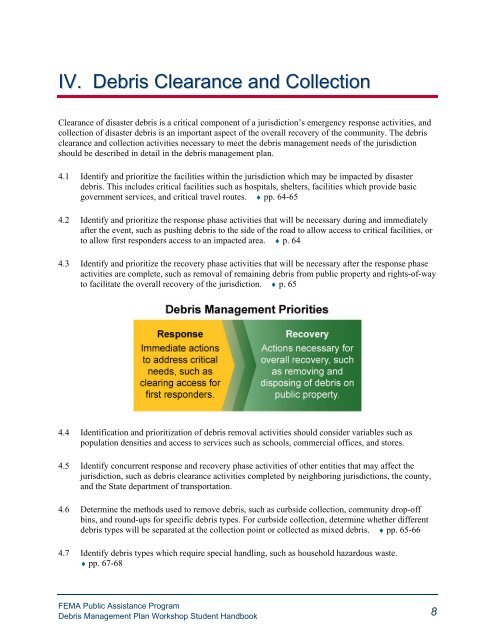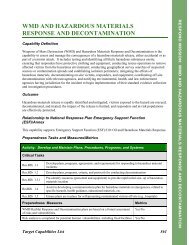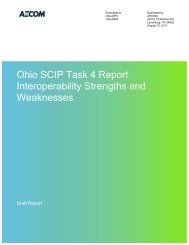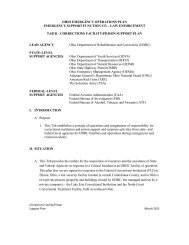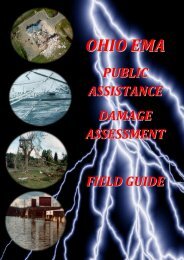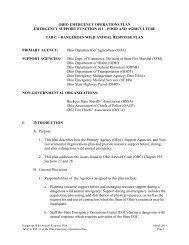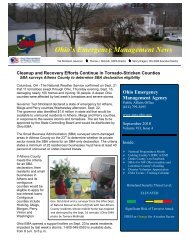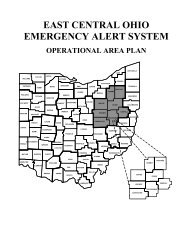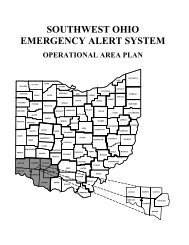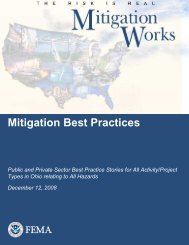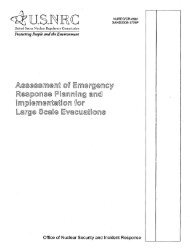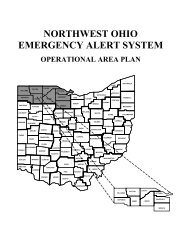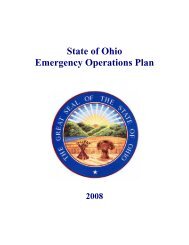FEMA Debris Management Plan Workshop Student Handbook
FEMA Debris Management Plan Workshop Student Handbook
FEMA Debris Management Plan Workshop Student Handbook
Create successful ePaper yourself
Turn your PDF publications into a flip-book with our unique Google optimized e-Paper software.
IV. <strong>Debris</strong> Clearance and Collection<br />
Clearance of disaster debris is a critical component of a jurisdiction’s emergency response activities, and<br />
collection of disaster debris is an important aspect of the overall recovery of the community. The debris<br />
clearance and collection activities necessary to meet the debris management needs of the jurisdiction<br />
should be described in detail in the debris management plan.<br />
4.1 Identify and prioritize the facilities within the jurisdiction which may be impacted by disaster<br />
debris. This includes critical facilities such as hospitals, shelters, facilities which provide basic<br />
government services, and critical travel routes. ♦ pp. 64-65<br />
4.2 Identify and prioritize the response phase activities that will be necessary during and immediately<br />
after the event, such as pushing debris to the side of the road to allow access to critical facilities, or<br />
to allow first responders access to an impacted area. ♦ p. 64<br />
4.3 Identify and prioritize the recovery phase activities that will be necessary after the response phase<br />
activities are complete, such as removal of remaining debris from public property and rights-of-way<br />
to facilitate the overall recovery of the jurisdiction. ♦ p. 65<br />
4.4 Identification and prioritization of debris removal activities should consider variables such as<br />
population densities and access to services such as schools, commercial offices, and stores.<br />
4.5 Identify concurrent response and recovery phase activities of other entities that may affect the<br />
jurisdiction, such as debris clearance activities completed by neighboring jurisdictions, the county,<br />
and the State department of transportation.<br />
4.6 Determine the methods used to remove debris, such as curbside collection, community drop-off<br />
bins, and round-ups for specific debris types. For curbside collection, determine whether different<br />
debris types will be separated at the collection point or collected as mixed debris. ♦ pp. 65-66<br />
4.7 Identify debris types which require special handling, such as household hazardous waste.<br />
♦ pp. 67-68<br />
<strong>FEMA</strong> Public Assistance Program<br />
<strong>Debris</strong> <strong>Management</strong> <strong>Plan</strong> <strong>Workshop</strong> <strong>Student</strong> <strong>Handbook</strong><br />
8


